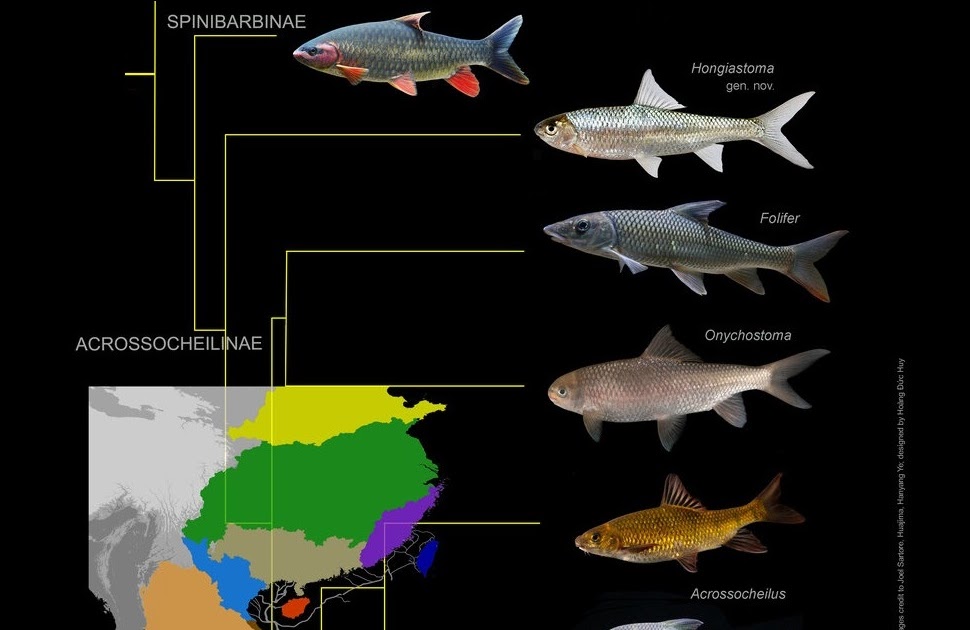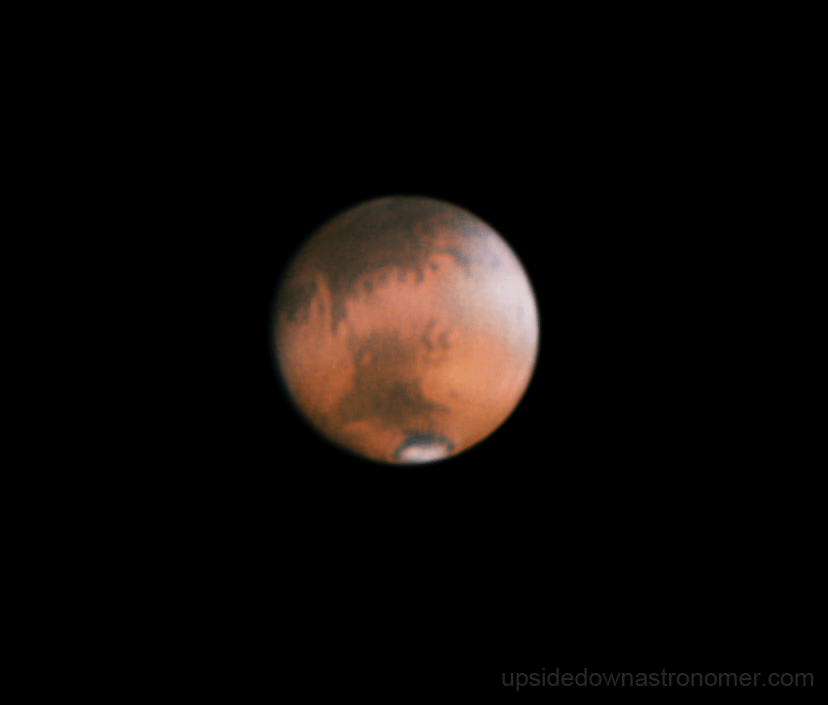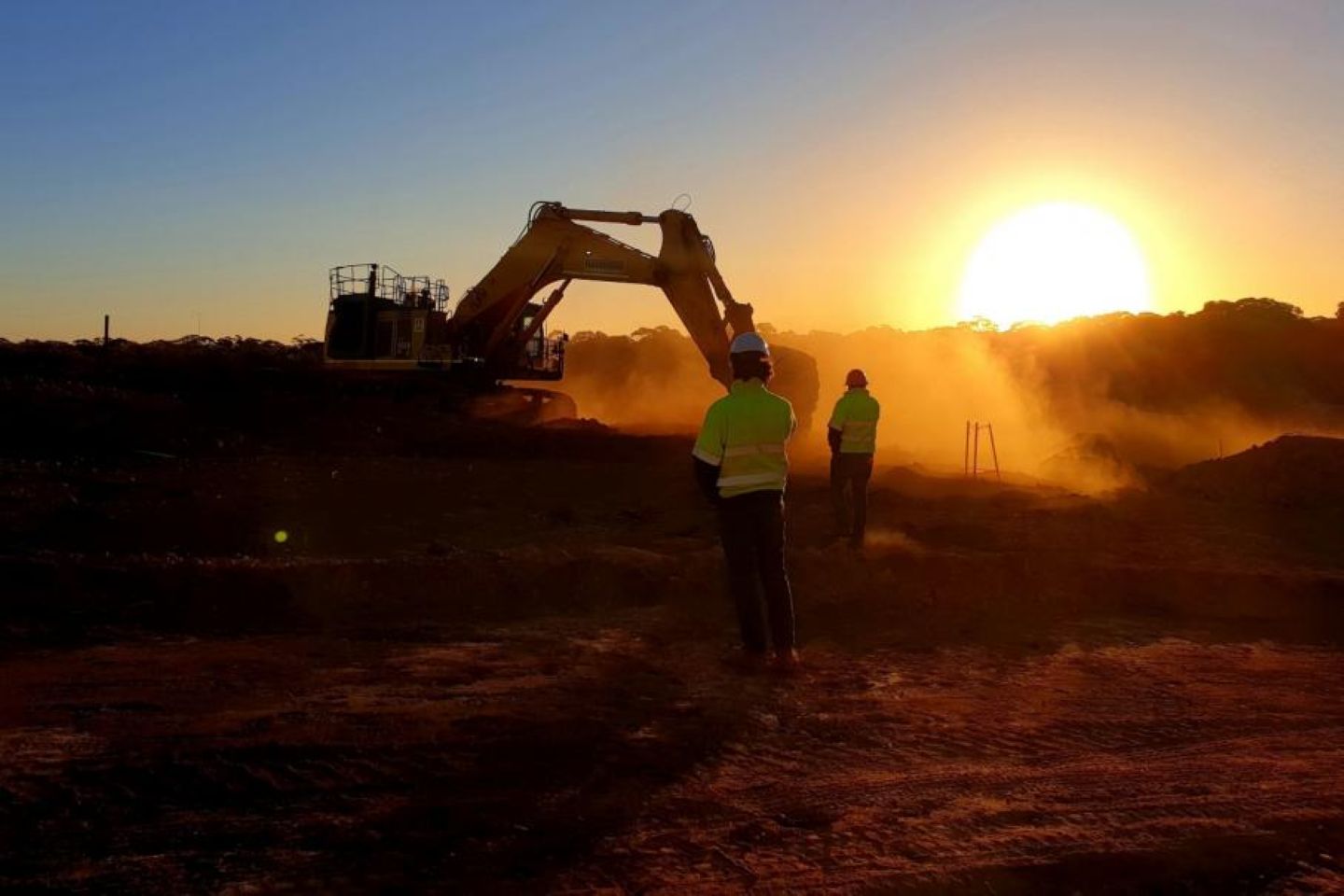

New research suggests that our best hopes for finding existing life on Mars isn’t on the surface, but buried deep within the crust.
Several years ago NASA’s Curiosity rover measured traces of methane in the Martian atmosphere at levels several times the background.
But a few months later, the methane disappeared, only for it to reappear again later in the year.
This discovery opened up the intriguing possibility of life still clinging to existence on Mars, as that could explain the seasonal variability in the presence of methane.
But while Mars was once home to liquid water oceans and an abundant atmosphere, it’s now a desolate wasteland.
What kind of life could possibly call the red planet home? Most life on Earth wouldn’t survive long in those conditions, but there is a subgroup of Earthly life that might possibly find Mars a good place to live.
These are the methanogens, a type of single-celled organism that consume hydrogen for energy and excrete methane as a waste product.
Methanogens can be found in all sorts of otherwise-inhospitable places on Earth, and something like them might be responsible for the seasonal variations in methane levels on Mars.
In a recent paper submitted for publication in the journal AstroBiology, a team of scientists scoured the Earth for potential analogs to Martian environments, searching for methanogens thriving in conditions similar to what might be found on Mars.
The researchers found three potential Mars-like conditions on Earth where methanogens make a home. The first is deep in the crust, sometimes to a depth of several kilometers, where tiny cracks in rocks allow for liquid water to seep in. The second is lakes buried under the Antarctic polar ice cap, which maintain their liquid state thanks to the immense pressures of the ice above them. And the last is super-saline, oxygen-deprived basins in the deep ocean.
All three of these environments have analogs on Mars. Like the Earth, Mars likely retains some liquid water buried in its crust. And its polar caps might have liquid water lakes buried underneath them. Lastly, there has been tantalizing – and heavily disputed – evidence of briny water appearing on crater walls.
In the new paper, the researchers mapped out the temperature ranges, salinity levels, and pH values across sites scattered around the Earth. They then measured the abundance of molecular hydrogen in those sites, and determined where methanogens were thriving the most.
For the last step, the researchers combed through the available data about Mars itself, finding where conditions best matched the most favorable sites on Earth. They found that the most likely location for possible life was in Acidalia Planitia, a vast plain in the northern hemisphere.
Or rather, underneath it. Several kilometers below the plain, the temperatures are warm enough to support liquid water.
That water might have just the right pH and salinity levels, along with enough dissolved molecular hydrogen, to support a population of methanogen-like creatures.
Now we just have to figure out how to get there.
Written by Paul M. Sutter/Universe Today.








Leave a Comment